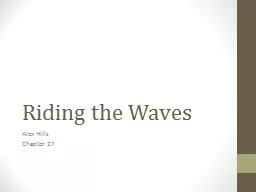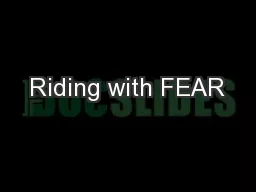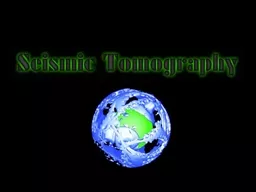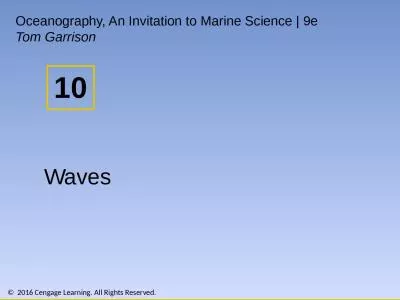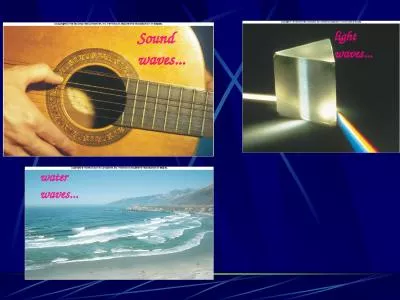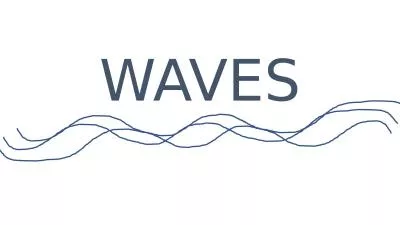PPT-Riding the Waves
Author : jane-oiler | Published Date : 2018-01-05
Alex Hills Chapter 27 Summary Communication engineer Alex Hills explains how the satellite communications systems he designed for rural Alaskans helped him develop
Presentation Embed Code
Download Presentation
Download Presentation The PPT/PDF document "Riding the Waves" is the property of its rightful owner. Permission is granted to download and print the materials on this website for personal, non-commercial use only, and to display it on your personal computer provided you do not modify the materials and that you retain all copyright notices contained in the materials. By downloading content from our website, you accept the terms of this agreement.
Riding the Waves: Transcript
Download Rules Of Document
"Riding the Waves"The content belongs to its owner. You may download and print it for personal use, without modification, and keep all copyright notices. By downloading, you agree to these terms.
Related Documents

